|
Excavation site of Den citadel wall in 2025. |
The hypothesis that Champa prisoners built Den citadel
The Department of Culture and Sports of Ninh Binh has just coordinated with the Vietnam Institute of Archaeology to organize a workshop to present preliminary excavation results at the Den citadel wall site located in Chi Phong village, Truong Yen commune, Hoa Lu city.
According to the Center for Conservation of Historical and Cultural Relics of the Ancient Capital Hoa Lu, Den Citadel Wall is an important archaeological site located in the north of the Inner Citadel area of the capital Hoa Lu.
This is the outermost wall, adjacent to the Hoang Long River, running in the Northeast - Southwest direction, connecting the two mountain ranges on the left bank of the river. This special geographical location has created a system of solid defensive ramparts, playing an important role in protecting the center of the capital.
Thanh Den Citadel consists of two sections: The first section connects from Sau Cai mountain (ie Ham Xa mountain, Co Dai) to Canh Han mountain, which is the longest section of the wall among the walls of Hoa Lu capital; the second section connects from Canh Han mountain to Hang To mountain (Nghen mountain).
In Decision No. 554/QD-BVHTTDL, the Ministry of Culture, Sports and Tourism allowed the Department of Culture and Sports of Ninh Binh province to coordinate with the Institute of Archaeology to excavate the Den citadel wall from March 15 to May 30, under the chairmanship of Dr. Nguyen Ngoc Quy - Institute of Archaeology.
During this excavation, experts opened two excavation pits. The first pit has an area of 450m2, the second pit is 150m2 wide. The excavation process has collected many valuable specimens, including construction materials such as bricks, stones, clay; layers of plants, mollusk shells, as well as glazed ceramic artifacts of different ages.
At the same time, the Den citadel wall has clearly revealed its three-part structure: foundation, body and reinforcement layer. These discoveries reflect the technical level of citadel construction of the Vietnamese people in Hoa Lu in the 10th century. The artificial citadel walls in Hoa Lu were all built on weak ground, with swampy characteristics. To overcome this geological condition, the ancients used the technique of spreading tree trunks combined with reinforcement with wooden bars and stakes to prevent landslides.
The structure of the ramparts is usually a semicircular or trapezoidal curve, in which the outer slopes are steeper than the inner slopes to increase the support capacity and stability of the structure. On this foundation, two perimeter walls are built to form the core of the ramparts, and a layer of white clay is placed on top. This white clay layer is of marine origin and is flexible.
In particular, through careful survey and measurement, archaeologists believe that this part of the wall is not too high compared to other areas. The reason is because outside the wall is a large swamp. The construction of the wall here reflects the awareness of choosing a location to strengthen defense, creating a stronghold that is "easy to defend, difficult to attack".
Based on the structure, construction techniques and collected artifacts, archaeologists hypothesize that the Den citadel wall may be related to the war between the Le dynasty and Champa. After winning the victory, the Le dynasty captured Champa prisoners to serve in the construction of the project.
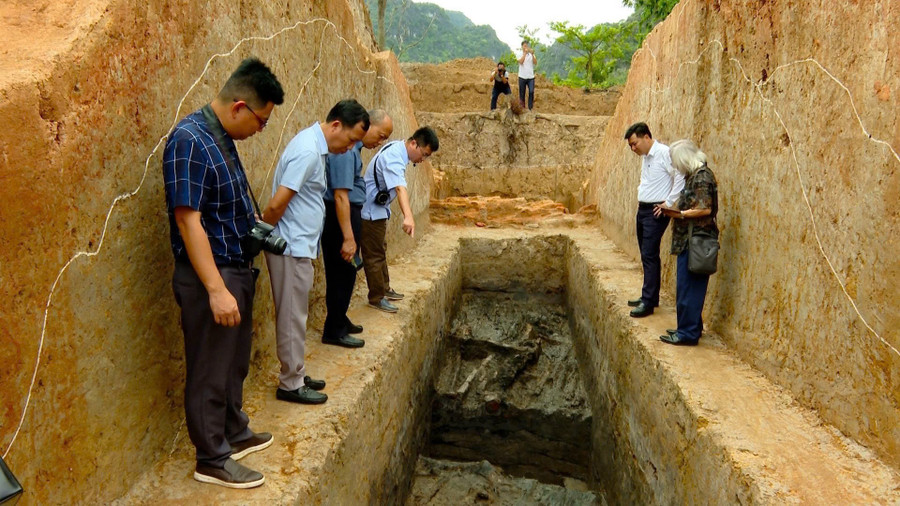
The foundation, body and reinforcement layer of the Den citadel wall were built using typical 10th century techniques.
Digitization for heritage reconstruction
In addition to determining the age based on structure and technique, scientists also rely on found artifacts such as broken bricks with letters, glazed ceramic pieces, and mollusk shells. In particular, some types of ancient printed bricks and red-covered bricks are often found in 10th-century relics.
According to Dr. Nguyen Ngoc Quy, the 2025 archaeological results have supplemented and reinforced the data collected from previous excavations such as the East wall (1969), the Den wall survey (2018), and the emergency excavation of the Northeast wall. These data show a high level of consistency in the wall construction techniques at Hoa Lu.
Not only consolidating historical evidence and data, the discoveries of this excavation were also identified as evidence that the system of interconnected, unified ramparts of Den citadel had been formed, playing a defensive role for the capital Hoa Lu from the North.
Representatives of the Ninh Binh Department of Culture and Sports and the Vietnam Institute of Archaeology affirmed that the 2025 excavation was carried out in full compliance with modern archaeological procedures. Archaeological documents such as photos and descriptive drawings were carefully preserved. In particular, the excavation pit was digitized using Scan3D technology, serving the reconstruction and research work in the next stages.

Den Citadel is a continuous rampart, serving as a defensive line for the capital Hoa Lu. Photo: Center for Conservation of Traditional Culture of Hoa Lu Ancient Capital.
Important discoveries from the excavation of Den citadel wall in 2025 have contributed to research to clarify construction techniques, defense organization methods, as well as determine the age and function of Den citadel wall in the system of ramparts protecting Hoa Lu capital.
The research documents are also the basis for scientists to propose plans for preserving and researching relics in the next stages. At the same time, they are the scientific basis for restoring, preserving, maintaining and promoting the value of heritage.
According to the Ministry of Culture, Sports and Tourism, after the excavation of the Den citadel wall ended in May 2025, an extended excavation was conducted from June 11 to September 10 on a total area of 300 square meters at the request of the Institute of Archaeology (Vietnam Academy of Social Sciences). The purpose of the extended excavation is to study the foundation of the wall and moat of the Den citadel to clarify the construction techniques, methods and dates; and to study the function and contribution of the Den citadel to the overall ancient capital of Hoa Lu.
Source: https://giaoducthoidai.vn/phat-lo-he-thong-phong-thu-kinh-do-hoa-lu-post735977.html


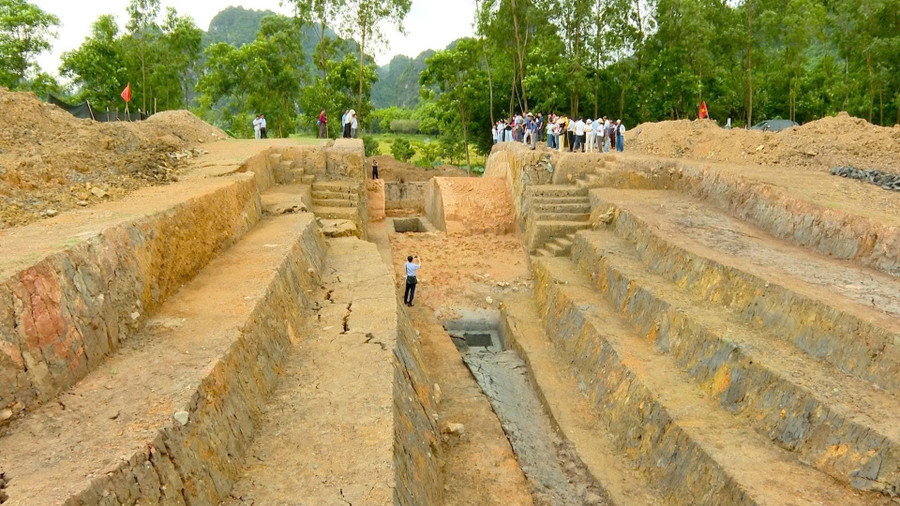

![[Photo] The Government Standing Committee reviews the planning project of the Red River landscape avenue axis](https://vphoto.vietnam.vn/thumb/1200x675/vietnam/resource/IMAGE/2025/11/15/1763197032149_dsc-0163-jpg.webp)


![[Photo] Action for the Community tells stories of enduring journeys – both intimate and great, yet quiet and determined](https://vphoto.vietnam.vn/thumb/1200x675/vietnam/resource/IMAGE/2025/11/15/1763179022035_ai-dai-dieu-5828-jpg.webp)



























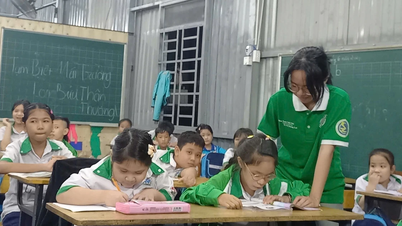

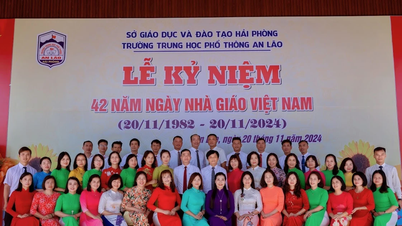




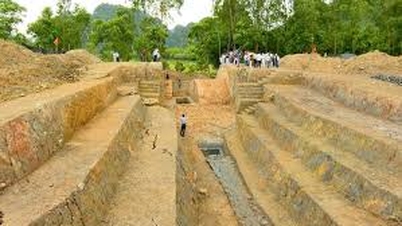





































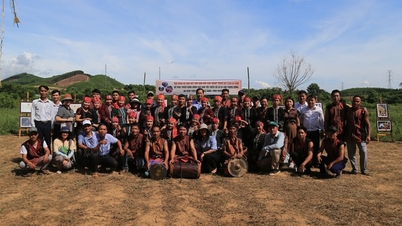












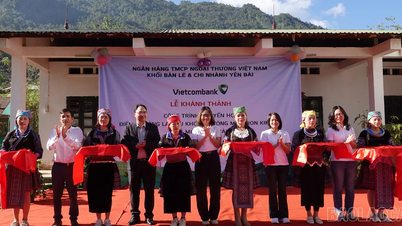












Comment (0)